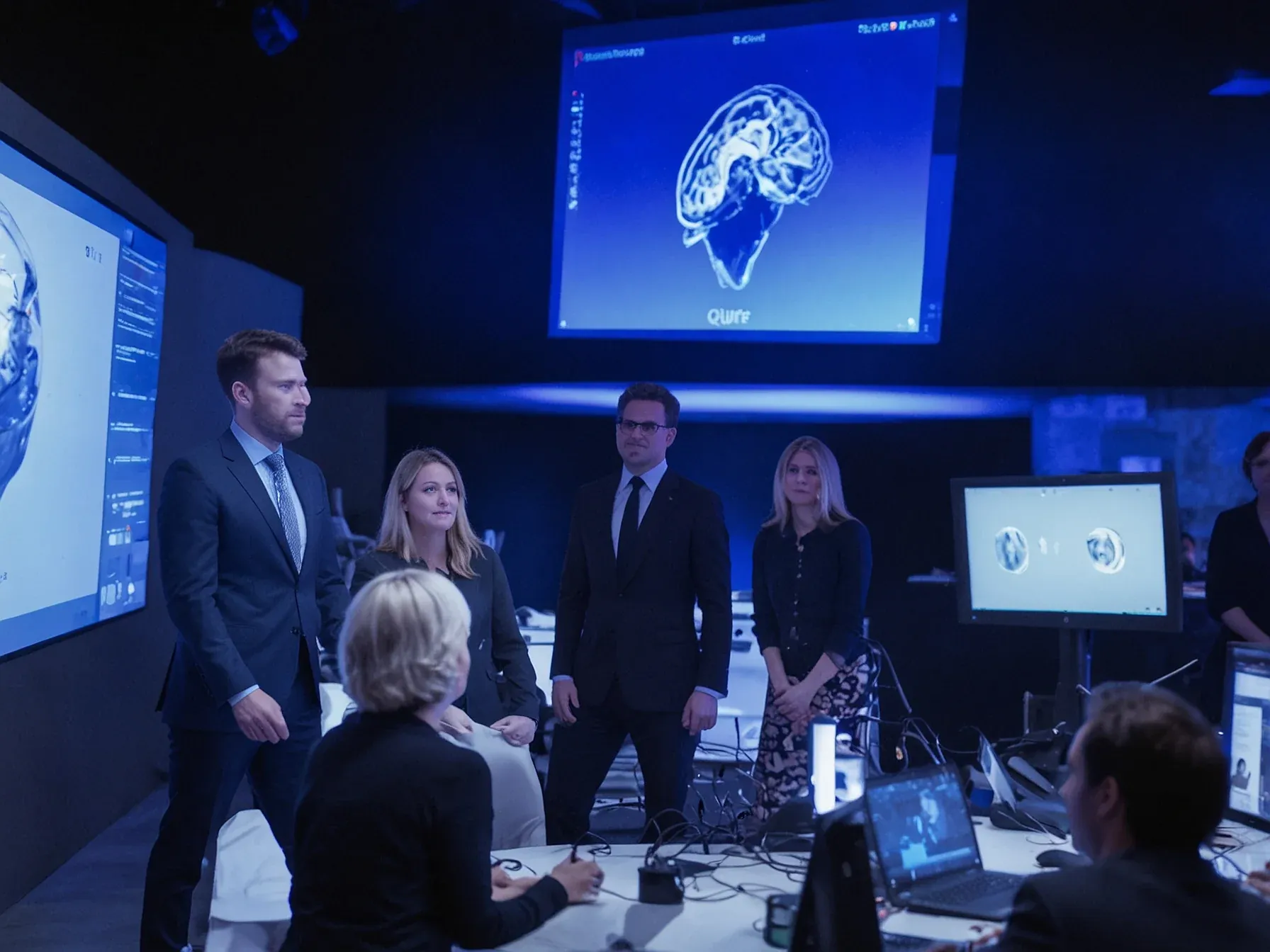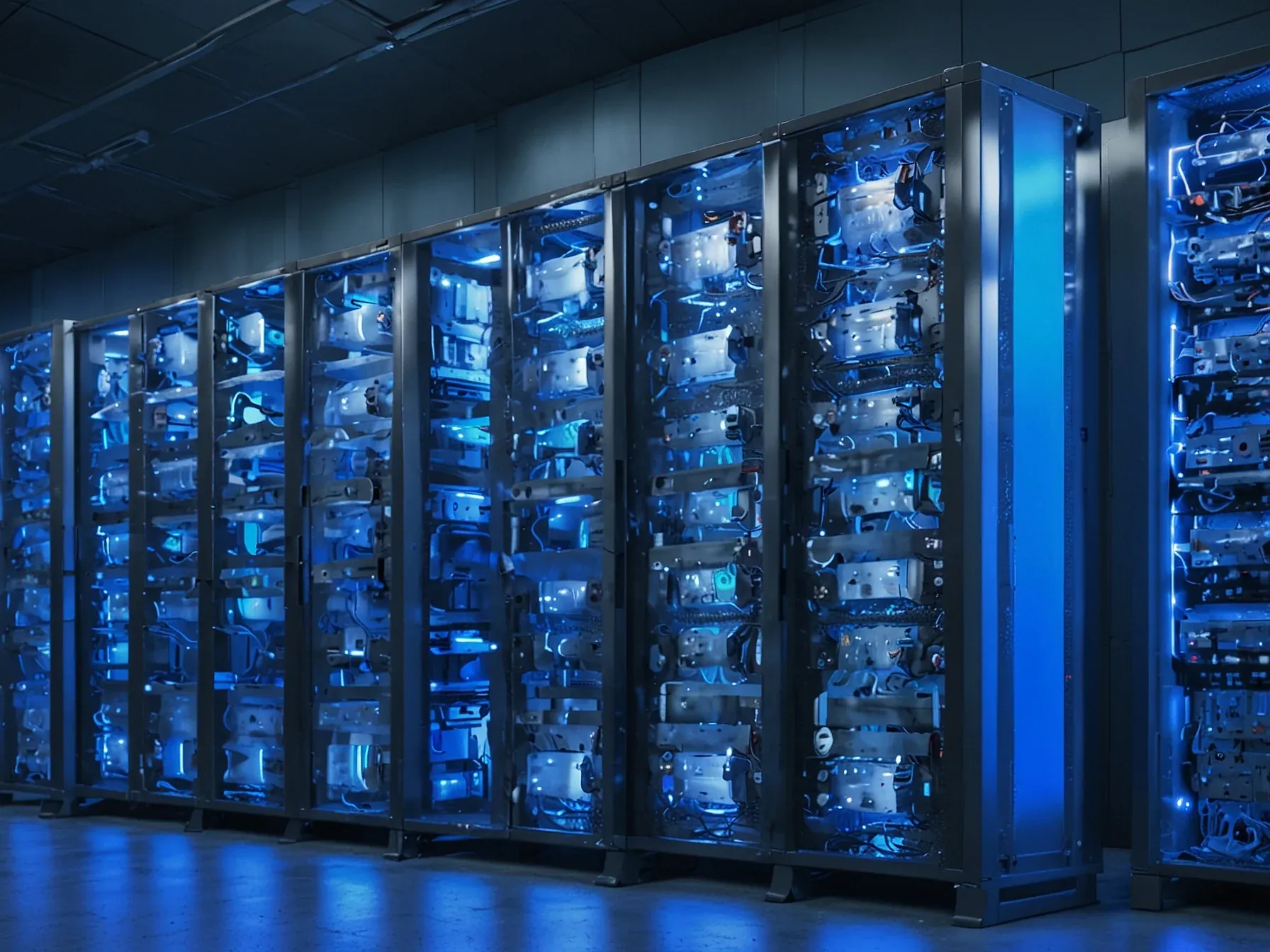
Qure.ai launches AI tools qXR and qER to spot TB, lung nodules, hemorrhages
India’s health‑tech surge has put a spotlight on startups that can turn data into faster care. Among the dozen names making the cut, one company is tackling a bottleneck that radiologists face every day: sifting through countless scans to spot life‑threatening signs. The burden is especially heavy in regions where tuberculosis, hidden lung nodules and brain bleeds remain common yet often go unnoticed until they’re advanced.
What if a system could flag the most urgent images the moment they’re taken, letting clinicians act before a patient’s condition spirals? That question drives the latest push from a Bangalore‑based firm that just rolled out two AI‑driven tools for chest X‑rays and head CTs. By weaving deep‑learning models into the diagnostic workflow, the startup aims to trim the lag between imaging and treatment, easing the strain on overtaxed radiology departments.
The promise is clear: real‑time triage that could shave hours off the path to a diagnosis, and perhaps spare lives in the process.
**Qure.ai** builds AI‑powered diagnostic tools for medical imaging, including chest X‑rays (qXR) and head CT scans (qER), to detect conditions like tuberculosis, lung nodules and haemorrhages. Their deep learning models speed up diagnosis by triaging critical cases in real time, reducing radiolo
Qure.ai Qure.ai builds AI-powered diagnostic tools for medical imaging, including chest X-rays (qXR) and head CT scans (qER), to detect conditions like tuberculosis, lung nodules and haemorrhages. Their deep learning models speed up diagnosis by triaging critical cases in real time, reducing radiologists' workload. Recently, Qure.ai announced plans to expand to 10,000 hospitals in the coming years.
SigTuple SigTuple combines robotics and AI via its AI100 platform to digitise microscope slides, including blood smears and urine, and analyse them. Their AI models classify different cell types, detect morphological anomalies and flag abnormalities. The AI100 product is FDA 510(k) approved, and SigTuple holds multiple patents on its AI-based screening tools.
Will Qure.ai’s new tools shift diagnostic workflows? The company introduced qXR for chest X‑rays and qER for head CTs, aiming to flag tuberculosis, lung nodules and intracranial haemorrhages in real time. Their deep‑learning models claim to triage critical cases faster, potentially easing radiologists’ load.
Yet the article offers no data on clinical validation or integration challenges, leaving effectiveness uncertain. India’s health‑tech sector has swelled from roughly $3 billion in 2020 to $7 billion in FY 2023, and forecasts suggest a $60 billion market by FY 2028. Over 10,000 health and life startups now operate, with Qure.ai listed among the top ten AI‑driven entrants.
This rapid expansion creates both opportunity and competition; whether Qure.ai can sustain growth amid such density remains unclear. Moreover, the impact on patient outcomes and cost structures has not been quantified. In short, the launch adds another AI‑powered option to a crowded field, but its real‑world value will depend on adoption, regulatory clearance and measurable performance.
Further Reading
- Qure.ai's 2025 Breakthrough in AI Diagnostics - Innovation Library
- Qure.ai increases TB detection, while saving costs, shows evaluation in India - Qure.ai Newsroom
- Qure.ai Partners With Microsoft to Increase Access to Its Lung Cancer Detection and Management Suite in the U.S. - BusinessWire
- Qure.ai Earns 19th FDA Clearance for Neurocritical AI in U.S - Qure.ai Newsroom
- AI-Driven Chest X-Ray Tool Boosts Lung Cancer Detection - Qure.ai Newsroom
Common Questions Answered
What imaging modalities do Qure.ai's new tools qXR and qER specifically analyze?
qXR is designed to interpret chest X‑ray images, while qER focuses on head CT scans. Both tools use deep‑learning algorithms to automatically detect abnormalities such as tuberculosis, lung nodules, and intracranial haemorrhages.
How does Qure.ai claim its deep‑learning models will change radiologists' workflow for detecting tuberculosis, lung nodules, and haemorrhages?
The company says its models triage critical cases in real time, instantly flagging scans that show signs of tuberculosis, lung nodules, or intracranial haemorrhage. By highlighting the most urgent images first, radiologists can prioritize those cases and reduce overall reading time.
What expansion goal has Qure.ai set for its AI diagnostic tools, and what does this indicate about India's health‑tech sector?
Qure.ai announced plans to deploy its solutions in 10,000 hospitals over the coming years. This ambitious target reflects the rapid growth of India's health‑tech market, which has expanded from roughly $3 billion in 2020 to about $7 billion today.
What key information does the article say is missing regarding the clinical validation of qXR and qER?
The article notes that no specific data on clinical validation or real‑world performance of qXR and qER is provided. It also highlights a lack of detail on integration challenges, leaving the overall effectiveness of the tools uncertain.




